Hardy palms
JohnnieB
19 years ago
Related Stories

LANDSCAPE DESIGNCelebrate a Sunny Climate With the Right Leafy Palm for Your Site
So you get freezes or floods. So your garden is small. These palms send excuses riding off into the tropical sunset
Full Story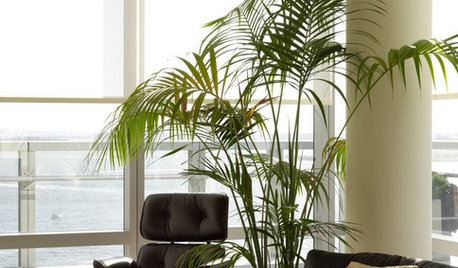
DECORATING GUIDESPalm Trees Take Interiors on a Tropical Vacation
Conjure a sultry vibe or bring welcome life to modern rooms. Whatever your interior design style, palm trees are the ticket to enhancing it
Full Story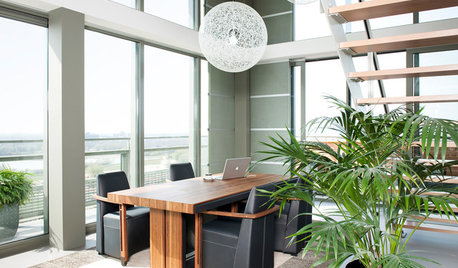
HOUSEPLANTSMeet a Palm That's Fine With Fluorescent Light
Get the look of the tropics without the full-on sun and high humidity — parlor palm tolerates regular indoor conditions with aplomb
Full Story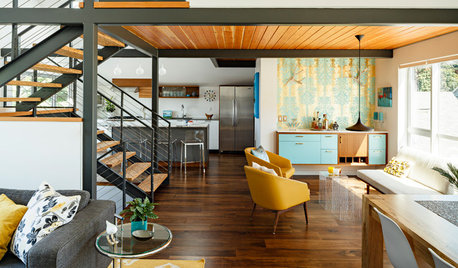
HOUZZ TOURSHouzz Tour: A Seattle Remodel Channels Palm Springs
Indoor and outdoor living merge atypically in this Pacific Northwest home, thanks to California-style updates
Full Story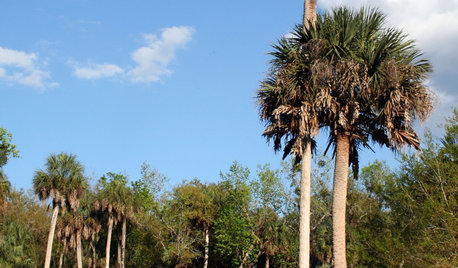
TREESGreat Design Plant: Sabal Palm Enchants in Balmy Sites
Towering and tolerant, this tree blends in, stands out and happily stars in vacation photos
Full Story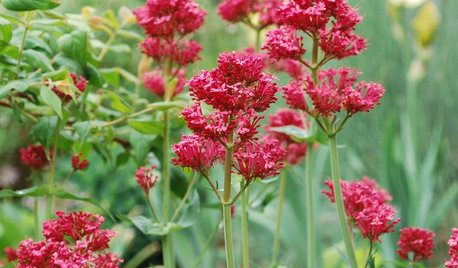
GARDENING GUIDES6 Lovely Water-Wise Perennials for High Altitudes
Even if your climate is cold and dry, you can still celebrate spring with these hardy and colorful perennials
Full Story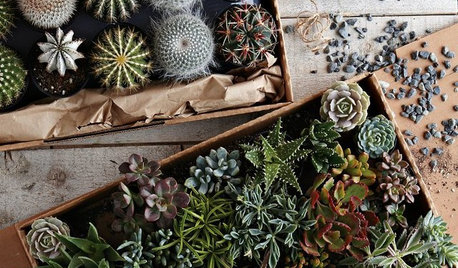
PRODUCT PICKSGuest Picks: An Arsenal for Urban Gardeners
Stake a claim to a spot of green in the urban jungle with these gardening tools, hardy plants, containers and more
Full Story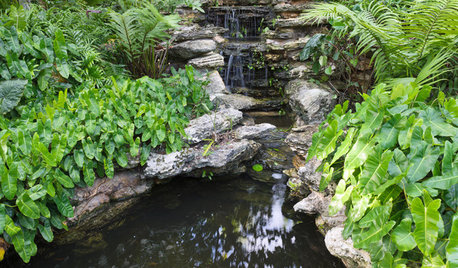
LANDSCAPE DESIGNRecipe for Tropical Edible Garden Style
Appeal to exotic good taste with fruit trees, palms and tropical look-alikes in your temperate-climate garden
Full Story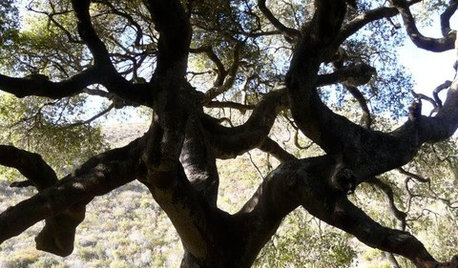
GARDENING AND LANDSCAPINGArbor Day Applause: Iconic Los Angeles Trees
Step aside, palm trees. California's native trees offer landscapes a huge variety of styles, personas and foliage
Full Story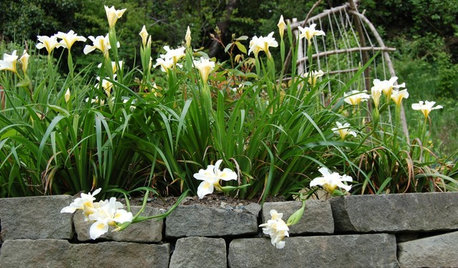
GARDENING GUIDESTop 10 Native Plants for the Pacific Northwest
More than just gorgeous and adaptable, these standout plants convey a sense of place
Full Story






braspadya
JohnnieBOriginal Author
Related Professionals
Forest Acres Landscape Architects & Landscape Designers · Ilchester Landscape Architects & Landscape Designers · Seabrook Landscape Architects & Landscape Designers · Apollo Beach Landscape Contractors · Dunwoody Landscape Contractors · Lynchburg Landscape Contractors · Windsor Carpenters · Bound Brook General Contractors · Coronado General Contractors · Everett General Contractors · Manalapan General Contractors · Melville General Contractors · Merrimack General Contractors · Miami Gardens General Contractors · Palatine General Contractorsmichaelzz
diggerdane
jeff_w
JohnnieBOriginal Author
drznaturallydotcom
dragontek
the_virginian
the_virginian
bluebamboo
the_virginian
bluebamboo
the_virginian
paul_tropics
the_virginian
the_virginian
JohnnieBOriginal Author
cali-wanna-b
thistle5